
19th, 20th & 21st Century Fine Prints
707-546-7352 · fax 707-546-7924 · web: www.annexgalleries.com · email: artannex@aol.com
La Petite Passion (suite of 12 miniature etchings) by Jacques Callot
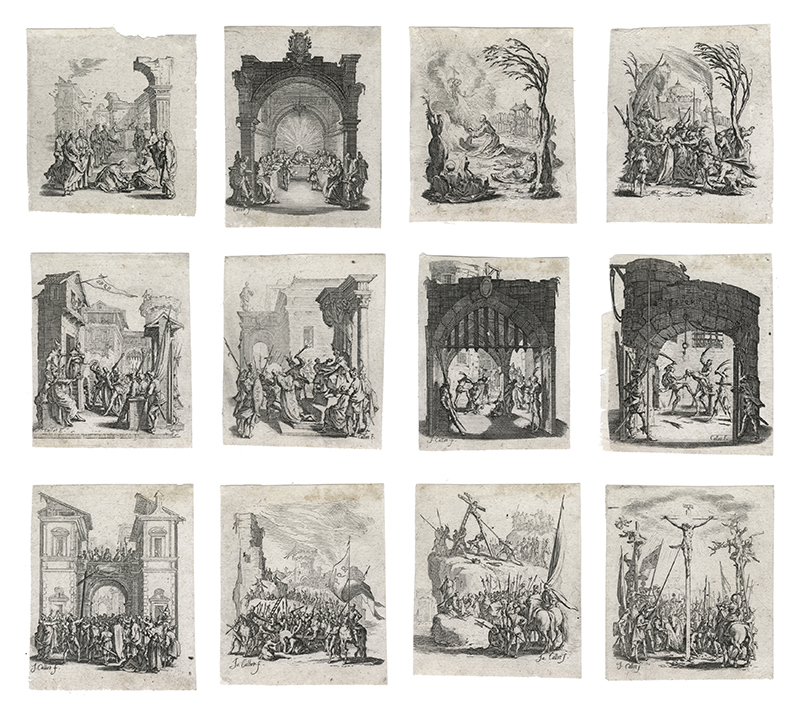
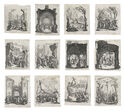
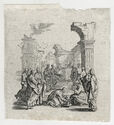

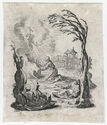
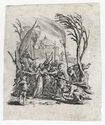
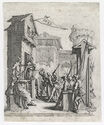
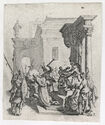

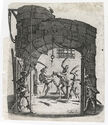
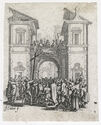
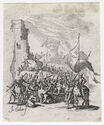
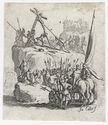
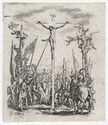
La Petite Passion (suite of 12 miniature etchings)
Jacques Callot
La Petite Passion (suite of 12 miniature etchings)
Jacques Callot
1592 - 1653 (biography)Jacques Callot's "La Petite Passion" (the Little Passion; the Small Passion) is the artist's interpretation of the gospels of the death of Jesus Christ. Known as the "Passion narratives", they have been depicted by artists since the medieval period. However, it was Albrecht Durer whose early 16th century "Little Passion" cycle popularized the biblical passage with the use of woodcuts, allowing the imagery to reach a much wider audience than was previously possible. At the time of Callot's own interpretation over 100 years later, The Little Passion, as well as the The Great Passion, was a common subject of established artists of Christian faith.
From Jacques Callot: Das gesamte Werk in zwei Badnen, Vol. II, p. 1134, Pawlak notes in the introduction to the Small Passion suite: "In contrast to the Great Passion, which remained fragmentary, Callot completed his Little Passion. 'It is hard to believe that the artist was able to develop his entire program on an area seven centimeters high and five centimeters wide and that nothing was missing from it', writes Bouchot. On the twelve sheets, Callot again resorts to his typical art of gathering many people in a small space, to the stage-like, theatrical nature of the arrangement of the isolated figures. For this series, Callot, while still in Florence, not only made precise overall sketches, but also forty individual sketches (see Volume I, p. 634 ff), much more detailed and, above all, much larger in format than he then used for the etchings. The plates are in the Musée Lorrain, Nancy."












